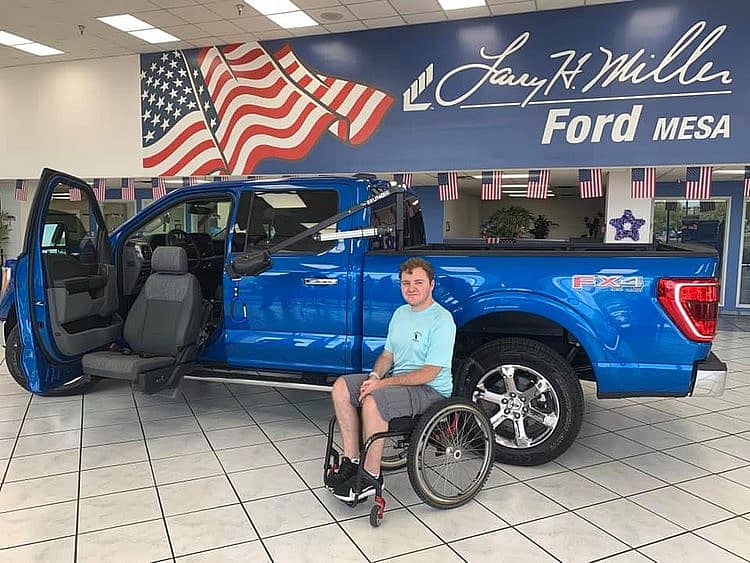Choosing an accessible vehicle is a big decision, with many factors that influence what type of equipment will work best for an individual or family’s needs. We have broken down some of the top consideration factors to help you navigate the decision-making process.
What Should You Take Into Consideration For The Future?
Growth of a child
- As a child gets older, it will be more difficult to place a child in a booster seat on your own. This will start to become a safety risk. As the wheelchair size begins to grow, putting it in the trunk of a car might also become difficult. This is where an accessible vehicle will be necessary.
Growth of your equipment
- When shopping for an accessible vehicle, consider future and current needs. You’ll want a vehicle that can safely accommodate each individual’s needs today, but will have enough interior space to accommodate a larger wheelchair and the larger person (height, weight, etc.) he/she may be in just a few years.
- Flexible seating configurations allow a child to use a child seat or booster seat. It also allows the wheelchair to be used as seating during transit when an individual outgrows the ability to be transferred, which can be important.

Permit/License Ready
- Drivability and modification are possibilities.
- The ability to drive a mobility vehicle can foster independence and confidence for teenagers who use wheelchairs. This is a goal to keep in mind no matter the child’s age. Read about our first Accessible Vehicle Fund participant to drive their own vehicle here.
- Even if a child is young now, you should ask if the vehicle can be modified later to allow driving from a wheelchair.
- Many different mobility devices are available to make driving possible. Speaking to a driver rehabilitation specialist can help you determine which modifications will be necessary to allow an individual the opportunity to drive in the future. Even though driving may seem way in the future, it is important to consider when choosing a mobility vehicle.
- Adaptive driving equipment (examples)
- Hand controls – provides assistance to users with limited foot control – Allows driver to steer, accelerate, and brake with the use of specific controls installed on the steering wheel – Some systems are even portable, allowing the owner to carry them and operate any automatic-transmission vehicle with just a few minutes of installation
- Swivel seating – allows for a driver’s seat to lower to outside of the vehicle, giving a driver accessibility to the front seat
For more information on what to consider for choosing your perfect vehicle, view our Finding Your Perfect Vehicle packet here.
Jett Foundation helps families across the country obtain safe, accessible transportation through our Jett Giving Fund’s Accessible Vehicle Fund. To learn about our Accessible Vehicle Fund program, please visit jettfoundation.org/jett-giving-fund.






